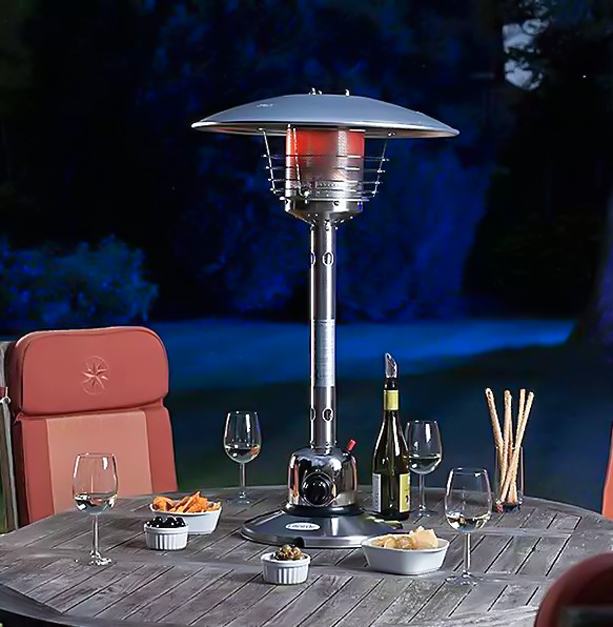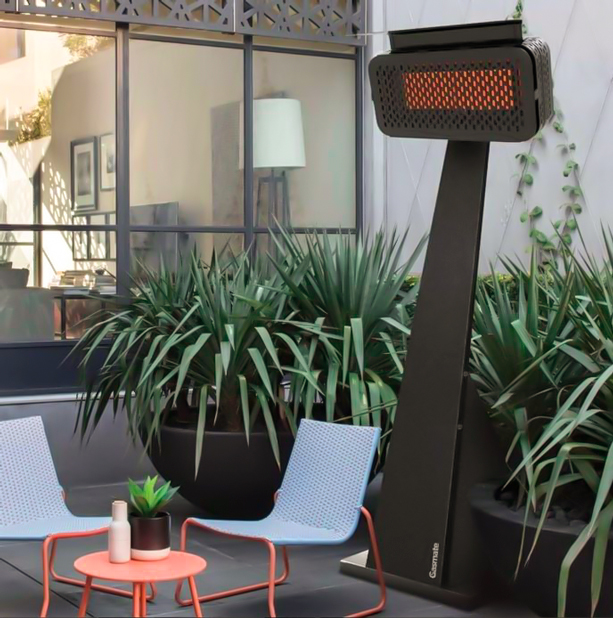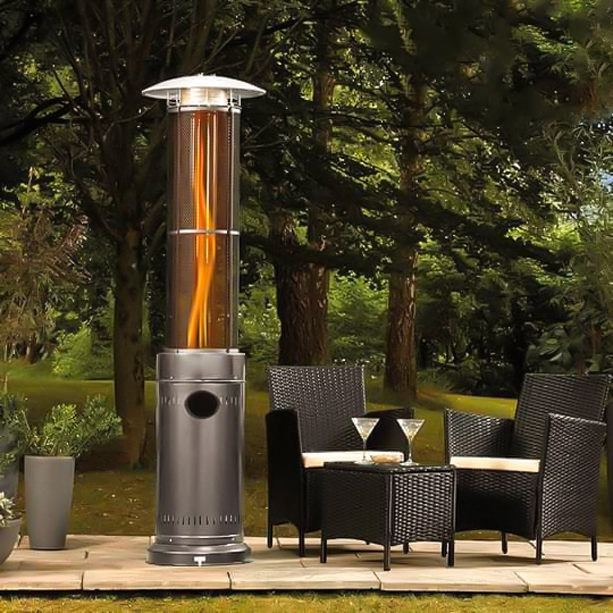Gas Heaters for Patio: The Beauty of Warmth Without the Smoke
Having an outdoor space is a blessing, especially in these stay-at-home times. Your outdoor area can act as a sanctuary to get away from everyday stress and worries and feel more relaxed. To get the outdoor area of your dreams you need to make sure it looks great and feels comfortable. Summer is the right time for spoiling yourself, you get used to enjoying your backyard, spending afternoons and evening outside, but what happens when cold weather comes?
Well, the good news is that gas heaters for patio allow you to have the best of both worlds – the comfort of the indoors while enjoying the fresh air and ambience of the outdoors. They’re the ideal solution for relaxing in your backyard all year round, perfect for having your morning coffee on the patio in most seasons, as well as for outdoor dining or stargazing on chilly evenings. When it comes to safety, outdoor gas heaters have been designed with consumer safety in mind and offer a range of safety features to prevent fire hazards and accidental injuries.
How to Choose an Outside Gas Heater

To determine which outdoor gas heater is best for you, you’ll need to consider the available options and decide which properties are more important to you. Whether you want a gorgeous centrepiece for your backyard area or just something that will add enough warmth during the cold season, you can find the best gas heaters for patio and choose between natural gas or propane.
Natural Gas Patio Heaters
A natural gas outside heater will usually require professional installation as you’ll need it to be hooked up to your gas line. It may cost a bit more upfront than propane gas patio heater, both for the heater itself and the installation costs, but once you have it installed it’s the least expensive gas outdoor heater to operate and easy to maintain.
Propane Gas Patio Heaters
They are convenient and versatile outdoor gas heaters and don’t usually require professional installation. Once you get you propane gas outdoor heater, you’ll need to put it together, attach the gas tank and turn it on. Some may say that replacing the tank is the only downside of this type of outdoor heaters, but the truth is that it’s quite easy to replace it, so you won’t have to worry much about it.
Design Options
Hanging and Wall Mounted

Hanging and wall-mounted heaters are a great choice if you’re working with a small outdoor area and you want to save as much as floor space possible. This type of heaters releases enough heat to keep you warm and comfortable and by strategically placing your heater, you can get consistent heat directed precisely where it’s needed.
Free Standing

These are some of the most common outdoor heaters due to the versatility and convenience they offer. If you want to have the opportunity to move your outdoor heater from one spot to another, then you can opt for this type of outdoor gas heaters. They’re usually thin and tall, with a broad cylindrical base that keeps them from topping over. They have a cap on top that directs the heat downwards and give off a good amount of heat.
How to Use Your Gas Patio Heater Safely
Make sure to check the safety features of your gas patio heater before purchasing. Once you’ve selected the unit, consider a few factors to make sure you use your patio heater safely and get the most of the time you spent in your outside space.
Find the Right Spot

Keep your patio heater away from combustible materials including planters and potted plants, outdoor textiles, grass, as well as flammable items such as propane tanks used for grills or lighter fluid. Usually, the recommended distance is three feet to ensure the flammable items and compounds are not exposed to high temperature. The best thing to do is to follow the manufacturer’s directions in the instruction manual for your particular model.
Patio heaters are designed to provide warmth in an outdoor environment during the colder months and most of them feature weather-resistant coating, try to place your outdoor heater in a location where it will be less exposed to wind. Not only that it will protect your gas patio heater, but it will also have a significant effect on its efficiency. The more your patio heater is exposed to wind, the more fuel it will need to use to achieve the ideal level of warmth.
Ensure Safe Surroundings
Before placing your patio heater, check if your outdoor area is obstructed in any way by buildings or structures that reduce the level of airflow, such as water tanks. Avoid placing anything above or below your outdoor heater and always follow the manufacturer’s recommendations with regards to inches of clearance. Patio heaters are suitable for outdoor use only and proper care must be taken to ensure adequate clearance and safe surroundings to prevent fire hazards.
Fuel Safety
Due to the combustible nature of gas, you must take precautions when handling tanks and valves to minimise leaks and damage. To keep your propane tank safe and performing well, make sure to close the gas tank valve whenever your patio heater is not in use and turn off the switch. If you have a spare tank, store it away from open flames and heated areas. After replacing your old tank with a new one, check valves and hoses for leaks by applying soapy water to the components and checking for air bubbles.






